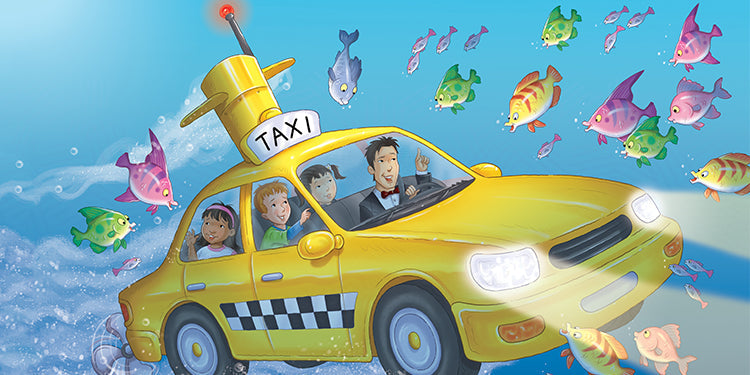This is a guest post by Lyssa Sahadevan of Marietta, GA. She writes a blog called My Mommy Reads which is about motherhood and teaching-related topics.
As a teacher and a learner, I often wonder about the relevance of what I am teaching or what I am being taught. It is not that I am not judging the content but rather wanting to make it practical and understand its importance.
One of the Common Core Reading standards (RL.1.9) requires students to compare and contrast the adventures and experiences of characters in stories. This, I can wrap my around! Comparing and contrasting information is part of real life, and we are asked to do it every day! Hmmm…which shoes to wear? Where should I sit on the carpet? Which book to read? Which car to buy?
We know students are capable of comparing and contrasting, but they need support to do it well. By helping students strengthen this skill (the sooner, the better,) we can help them remember key information, improve comprehension, and make the most of their background knowledge. Introducing this strategy during the early years also builds a foundation for higher order thinking.
In my first-grade classroom, I have some students who simply see differences and similarities right away. Whether we are playing a math game or reading a book, they have it. They can identify what is alike and different when they are read to or when they read independently. However, some students struggle with this skill. During our strategy group time, I pull these students aside, and we start small. Here are a few ways to keep it fun for our beginners:
- Have two students stand up. Orally start sharing what you notice about their clothing. Compare and contrast what they are wearing. Then have the students join in!
- Show students two different calendar pages, postcards, or book covers. Have them share what they notice is alike or different. Use sentence stems like, “They both have…” or “Only this one…”
- Write the students’ names on large cards. Have them work together to compare their names.
- Sort, sort, sort! Have them sort books, words, pictures, and even themselves into groups and have them explain the sort.
Once they have this basic understanding, it is time to work on the standard! I like using a favorite character from the Joy Cowley Collection —Mr. Tang. I like these stories because the settings are very clear, the stories are similar, and there is more than meets the eye!
We start by reading the title and looking at the pictures in one of the books. Then we add the next Mr. Tang story and do the same. They immediately start sharing what they notice! We then choose one of the first two books to compare to a third Mr. Tang story. This time, we record our thoughts together on a chart. Their next step is to try it independently!
At the bottom of the page, for a free download, I have included a packet of different compare and contrast organizers that I use in my first-grade classroom. I hope you will be able to put them to use as you support your critical thinkers!
~~~
For more information on the books used in this blog click the series highlights images on the left below or c lick this link to visit our webpage for the Joy Cowley Collection series . To download the Comparing and Contrasting Packet, click the image to the right.















































![6 Fun and Easy Activities to Practice Sequencing [Grades K-1]](http://www.hameraypublishing.com/cdn/shop/articles/Red_Typographic_Announcement_Twitter_Post-5_bf1ae163-a998-4503-aa03-555b038d1b76_600x.png?v=1689961568)
![Leveraging Prior Knowledge Before Writing and Reading Practice [Grades 1–2]](http://www.hameraypublishing.com/cdn/shop/articles/Red_Typographic_Announcement_Twitter_Post-4_600x.png?v=1689961965)




